Are you curious about the process involved in LED bulb manufacturing? Want to know how an LED bulb is made from start to finish?
Well, you’ve come to the right place! Today, we’re exploring exactly that.
LED bulbs are made through a complex process in LED light manufacturing that involves various components, materials, and machines.
In this article, we’ll take you through the assembly line, highlight the advantages of LED bulbs, and offer tips on finding a reliable manufacturer. Let’s get started!
The History of LED Bulb

LED bulbs are a relatively new technology, first hitting the market in the early 1990s.
But their origins can be traced back much further than that. In fact, LED bulbs have been around for more than 50 years.
| 1960s | LED bulbs were first created in the early 1960s by a man named Nick Holonyak Jr. He was working on a project to create a new type of light source for cars, and he came up with the idea of using LEDs. |
| 1990s | LEDs became mainstream and were being used in everything from cars to flashlights to lamps |
| 2000s | LEDs have many advantages over traditional incandescent bulbs, including longer lifespans and higher energy efficiency. |
1960s
LED bulbs were first created in the early 1960s by a man named Nick Holonyak Jr.
He was working on a project to create a new type of light source for cars, and he came up with the idea of using LEDs.
LED bulbs were still very new at the time, so Holonyak faced a lot of skepticism from his colleagues.
However, he continued to work on the technology and eventually succeeded in creating a viable LED bulb.
1990s
The first LED bulbs were very expensive and only available to a select few consumers.
However, over time, as the technology improved and became more affordable, LED bulbs began to catch on. In fact, by the early 1990s, they had become mainstream and were being used in everything from cars to flashlights to lamps.
2000s
Today, LED bulbs are one of the most popular types of lightbulbs available on the market.
They have many advantages over traditional incandescent bulbs, including longer lifespans and higher energy efficiency.
They are also more environmentally friendly, as they do not contain any hazardous materials or release harmful substances into the atmosphere.
With their growing popularity, LED bulbs have become a staple in both residential and commercial lighting applications.
The Basics of LED Lights Manufacturing
The basics of LED light manufacturing involve a few key components. They are as follows:
Manufactured Using Photolithography
First, the LED chips are manufactured using a process known as photolithography.
This is a complex process that involves etching patterns onto a semiconductor material in order to create electrical pathways.

Mounting And Connecting
Once the chips have been created, they are mounted onto metal heat sinks and connected to leads that will allow electricity to flow through them.
Covering
Finally, the chips are then covered with a protective coating and placed into a housing made of plastic or metal.
Testing And Inspection
Once the covering is done, the assembly line moves on to testing and inspection, where each bulb is checked for quality assurance before it can be sold.
And there you have it – the basics of LED bulb manufacturing!
With this overview, you now have a better understanding of the process involved in making LED bulbs.
The Advantages of LED Bulb
LED bulbs have many advantages over traditional incandescent bulbs. Some of the key benefits are:
Long Lifespan
LED bulbs have a much longer lifespan than traditional light bulbs, lasting up to 25 times as long.
This longevity significantly reduces the frequency of replacements, which is beneficial for both consumers and LED light manufacturing, as it decreases overall production demand.
Energy Savings
LED bulbs are more energy efficient, consuming only 1/3 of the electricity compared to incandescent bulbs, resulting in lower electric bills.
Safety
LED bulbs don’t produce any UV radiation or heat, making them much safer to use in close quarters or around children.

Environmentally-Friendly
LED bulbs are recyclable and don’t contain any toxic chemicals which makes them a more environmentally friendly option for lighting.
Durability and Versatility
LED bulbs have a very long life and can work in extreme shock, vibration, and various climatic conditions, which gives them excellent results in outdoor lighting.
They are also available in a wide range of sizes. They can be shaped in different ways to fit the user’s artificial lighting needs, which has affected the manufacturing of LED lights.
Cost-Effective
Lastly, LED bulbs are much more cost-effective than traditional light bulbs due to their longer lifespan and energy efficiency.
With the money saved on energy costs, the user can recoup the initial cost of investing in LED bulbs.
All things considered, LED bulbs are a great option for lighting and have many advantages that make them the clear choice for any home or business.
So what are you waiting for? Get your own set of LEDs today!
Raw Materials
LED bulbs are made of a variety of materials; the materials used depend on the type of LED bulb and its purpose.
However, here are the most common raw materials found in LED bulbs:
Epoxy Resin
This is the most common raw material used in LED bulbs, as it helps to protect and insulate the circuitry within.
The epoxy resin also helps prevent any potential damage from moisture or other external elements.

Metal Alloys
Some industrial metallic alloys are employed to form the base of a bulb, not only to hold the bulb but also to release heat.
Aluminum, steel, and brass are probably the most common metals for LED bulbs.

Plastic Components
These components provide insulation to the bulb’s circuitry.
They also help keep the current flowing through the LED more efficiently, ensuring that it works correctly and stays cool.
Furthermore, plastic components are usually very durable and can withstand external damage from heat or moisture.

Glass Components
Glass is sometimes incorporated directly into LED bulbs due to its ability to transfer light well and provide additional shielding against conditions outside the bulb.
Some of the glass constituents of LED bulbs are lenses, reflectors, and diffusers.

Electronics
LEDs have a wide range of electronic components that are required for them to function properly.
These components include things such as resistors, transistors, capacitors, and diodes.
All of these components must work together to ensure that the LED bulb produces light efficiently and safely.

Now that we know what materials are used in LED bulbs, let’s look at the manufacturing process!
The Manufacturing Process
The manufacturing process for LED bulbs requires several steps for the production of high-quality, reliable light sources. Here is a step-by-step look at how LEDs are made:
Step #1 Design and Planning
Before any materials can be used, the design and planning for the LED bulbs must take place.
This includes things such as determining the size, shape, and power of the bulb, as well as any additional components that may be needed.
Step #2 Raw Materials
Once the design is finalized, the raw materials can then be acquired in order to begin production.
The most common materials used are epoxy resin, metal alloys, plastic components, and glass components.
Step #3 Assembly
The raw materials are then assembled together, following the specific design plan that was created earlier in the process.
This can involve a variety of methods, including soldering and screwing in components.
Step #4 Testing
Once the assembly is completed, the bulb will undergo a series of tests to ensure that everything is functioning correctly and up to the highest standards.
This can include things such as voltage testing, light output testing, current flow testing, and more.
Step #5 Packaging
When an LED bulb has been put through all these tests, it is then ready for packaging.
In this, it is essential that the packaging be able to guard the bulb against any possible interference from outside influences such as moisture or change in temperature.
Now you realize how an LED bulb is manufactured and what components are employed in the process.
From start to finish, the entire process usually takes a few weeks and requires a variety of skilled workers.
So, next time you turn on an LED bulb, you can appreciate the hard work that went into making it and the many raw materials that were used in LED lights manufacturing!
LED Bulb Manufacturing: Customization and Branding
If you’re looking to start your own LED bulb business, one of the most important decisions you’ll have to make is who will manufacture your bulbs.
You need a manufacturer that can provide customization options and branding services to suit your specific needs.
There are plenty of options out there that can help you get the perfect bulbs for your brand.
Here are the most common customization and branding services offered by LED bulb manufacturers in the realm of LED light manufacturing:
Company Logo
Many LED bulb manufacturers offer the ability to emboss your company logo directly onto the bulbs, making them an ideal promotional item.

Custom Colors
If you want your own custom color for your bulbs, some manufacturers can help you create it.
From classic white to bright pink and everything in between, having a unique shade can really set your brand apart.

Custom Sizes and Shapes
Finally, many LED bulb manufacturers can customize the shape and size of your bulbs to fit whatever design you need.
Whether it’s a large square or an oddly shaped triangle, you can get the perfect bulb for any project.

With all these customization and branding options available, you’re sure to find the perfect manufacturer for your LED bulb business.
How to Find LED Bulb Manufacturer for Your Business
When starting a business, finding a reliable LED bulb manufacturer is essential.
After all, quality products are the foundation of any successful venture.
Here are some tips to help you find the perfect partner for your business:
Do Your Research
Make sure to do your research and read up on reviews from other companies who have used the potential supplier’s products.
This should give you a good idea of the quality control they have in place and if their customer service is up to your standards.
Look for Value
When it comes to finding an LED bulb manufacturer, don’t just look at the price tag.
Take into consideration any additional incentives or services that come with the product.
A good manufacturer should be able to provide extra services such as product customization, technical support, and warranty coverage.

Consider the Location
Where the supplier is located can have a big impact on your business operations.
If you’re looking for quick turnaround times and lower shipping costs, look for a local manufacturer or one that is closer to your business operations.
Don’t Forget Quality
Don’t forget that the quality of the products from the manufacturer is a top priority.
If you don’t have time to inspect samples, ask for a sample report or certification from an independent third party.
This will let you know exactly what you are getting.
By following these tips, you should be able to find a reliable LED bulb manufacturer in no time! Alternatively, you can reach out to Vorlane.
They are in LED light manufacturing with a focus on stable supply and consistent quality to make sure your business is set up for success. Contact us today to learn more!
4 Tips for Choosing LED Bulb Manufacturer
When it comes to choosing an LED bulb manufacturer, there are a few things you should keep in mind.
Here are 4 tips to help you make the best decision for your needs.

#1 Reputation
Make sure you do your research on the manufacturer’s reputation.
Their track record will give you an indication of how reliable their product and service is.
#2 Quality
LED bulbs are not all created equal, so ensure that the manufacturer has quality control procedures in place to produce a consistently high-quality product.
#3 Certification
The manufacturer should have all relevant certifications for the products they are producing.
This is an indication that their work meets all required standards and regulations.
#4 After-Sale Service
A great LED bulb manufacturer should have excellent after-sale services to ensure that all problems are quickly solved.
They should also provide advice and support to customers when they need it.
Finding the right LED bulb manufacturer for your needs is essential, so make sure you keep these tips in mind when making your decision.
We, at Vorlane, provide not just an after-sale service but also discounts and offers for bulk orders. Contact us now to get the best LED bulbs for your needs!
LED Bulb Recycling and Disposal
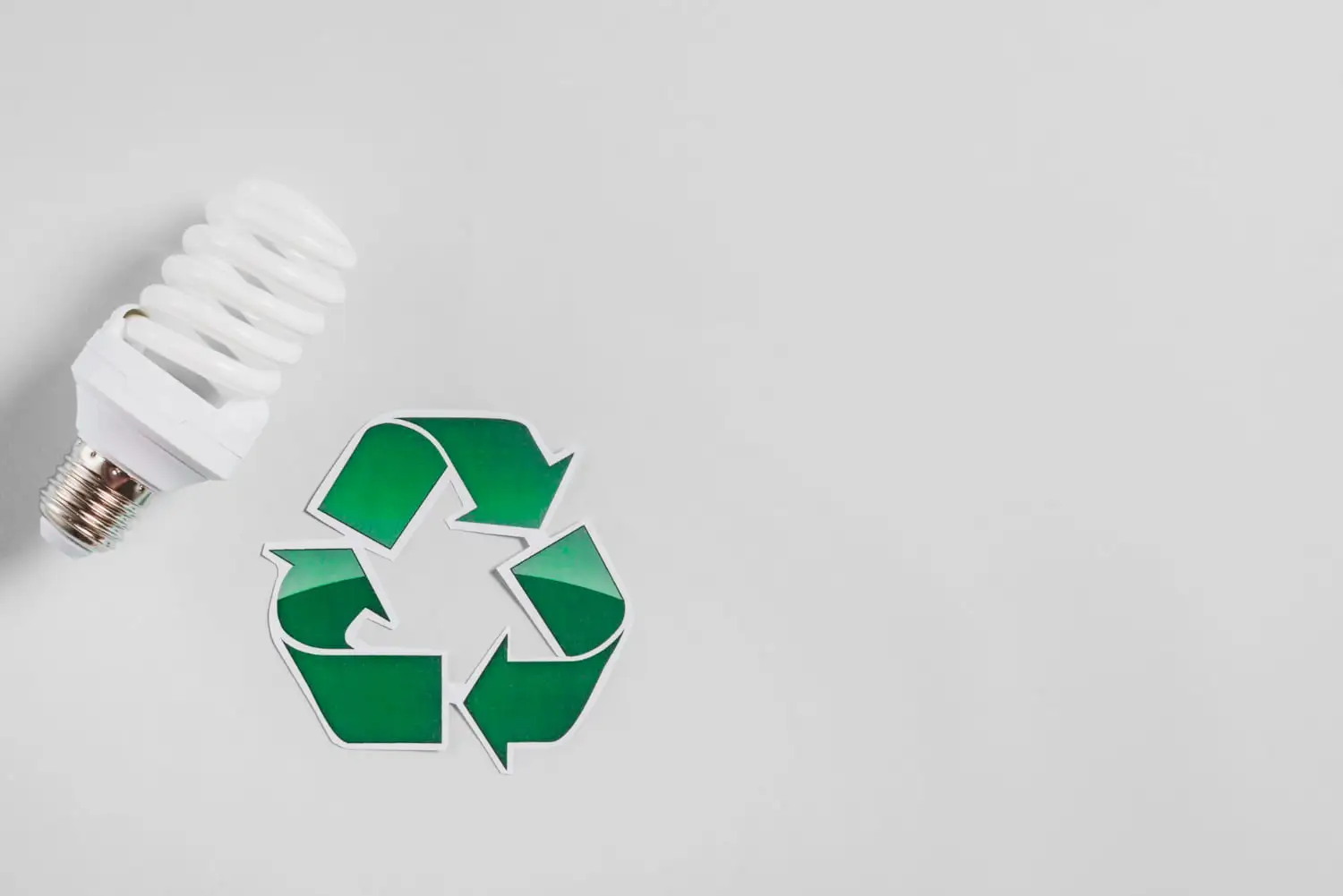
As we embrace the glow of LED bulbs, it’s crucial to consider their journey’s end.
Proper recycling and disposal are not just good practices; they’re steps towards a greener planet.
Understanding the Importance
LED bulbs are marvels of efficiency, but like all things, they don’t last forever.
When they flicker out, responsible recycling ensures harmful components don’t end up harming the environment.
The Recycling Process
Recycling LED bulbs involves breaking them down into metals, glass, and other materials.
It’s a meticulous process that recovers valuable resources, reducing the need for new raw materials.
Facing the Challenges
Despite their eco-friendly badge, LEDs pose recycling challenges, primarily due to their complex design and the tiny amount of hazardous substances they contain.
Overcoming these hurdles requires specialized facilities and awareness.
Safe Disposal Tips
Not sure how to dispose of your LED bulbs? Start by checking local recycling programs or drop-off points dedicated to electronic waste.
Many retailers also offer take-back schemes.
Manufacturers’ Role
The onus isn’t just on consumers. Manufacturers and retailers are stepping up with take-back programs and educational efforts, making it easier for everyone to do their part in recycling.
Recycling and properly disposing of LED bulbs is a small but significant step towards sustainability.
By following these guidelines, we can all contribute to a brighter, cleaner future.
Conclusion
LED bulbs are a great way to save energy and money.
Knowing how they are made and finding a reliable manufacturer in the LED light manufacturing sector is key to getting the most out of your purchase.
We hope this article has given you the information you need to make the right decision for your business.
Contact Vorlane if you have any questions or would like to get a quote for bulk orders.


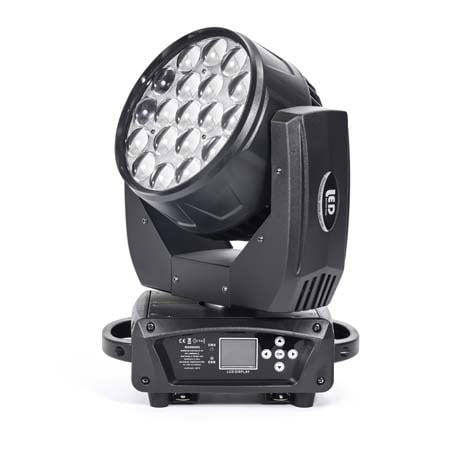





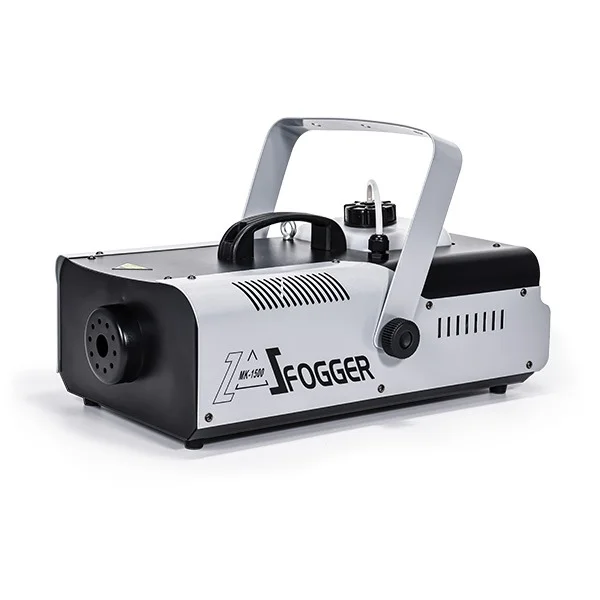
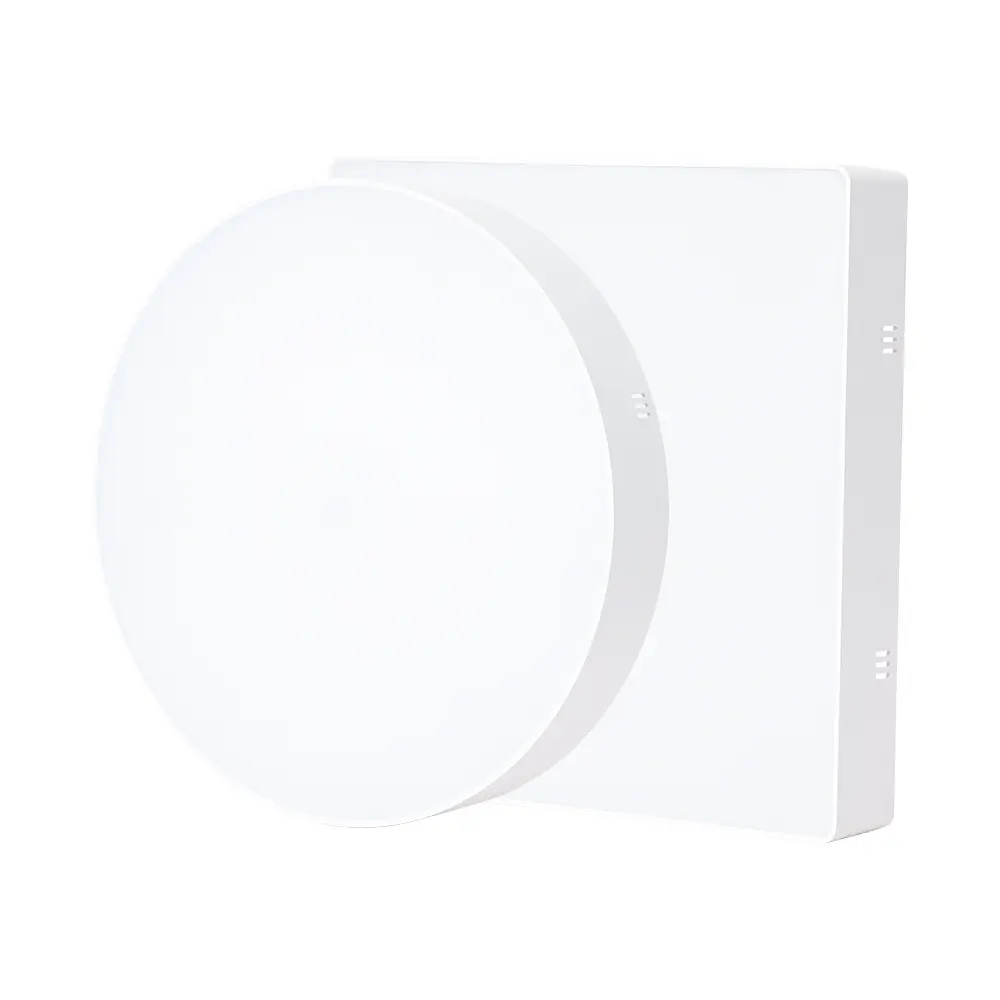

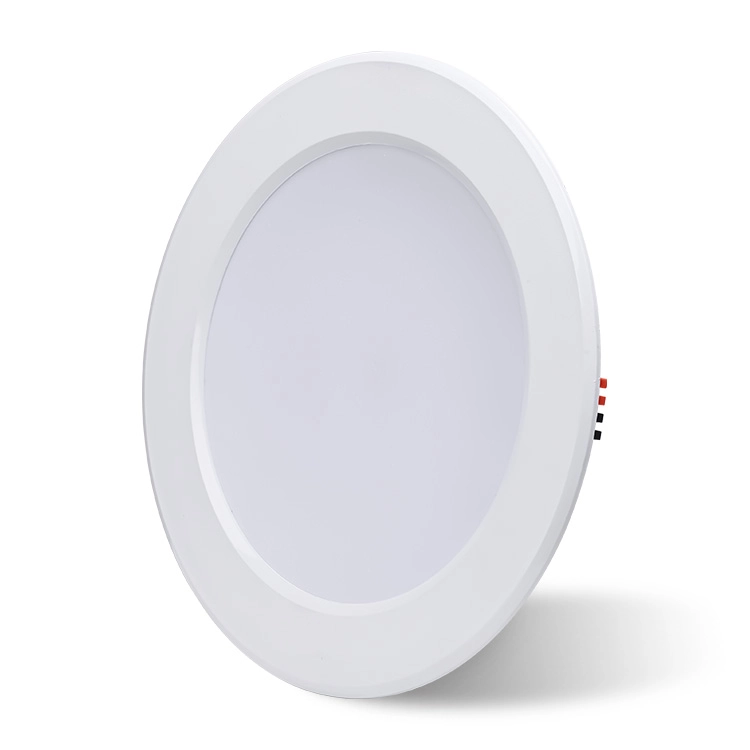
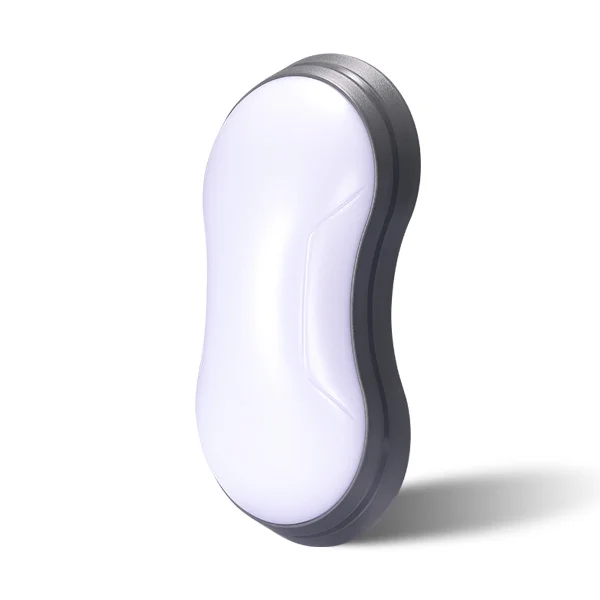

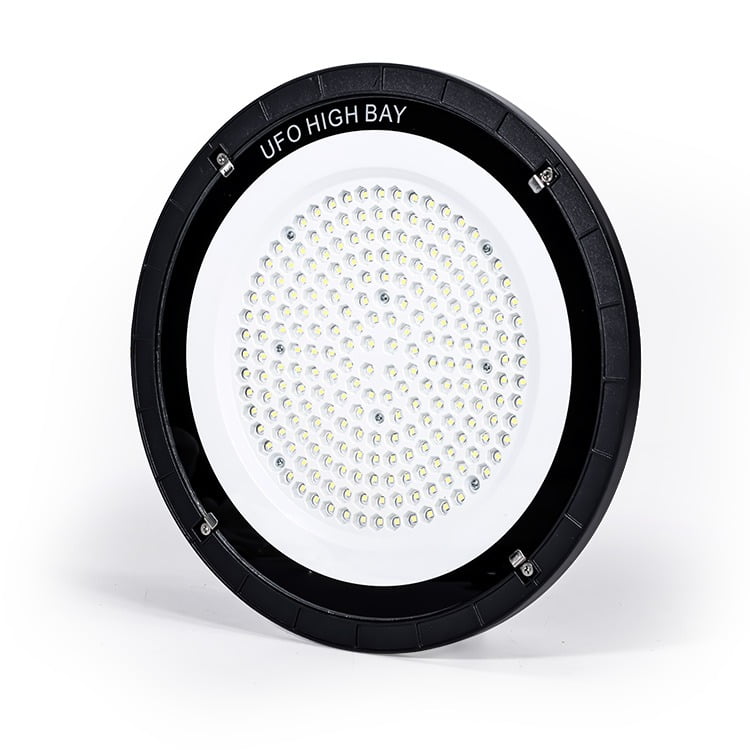
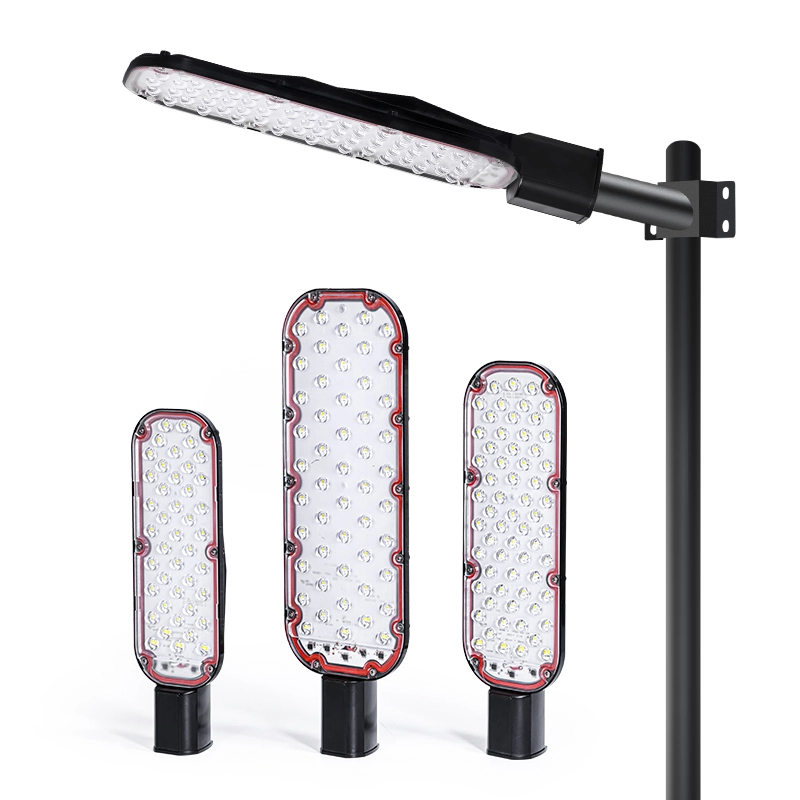

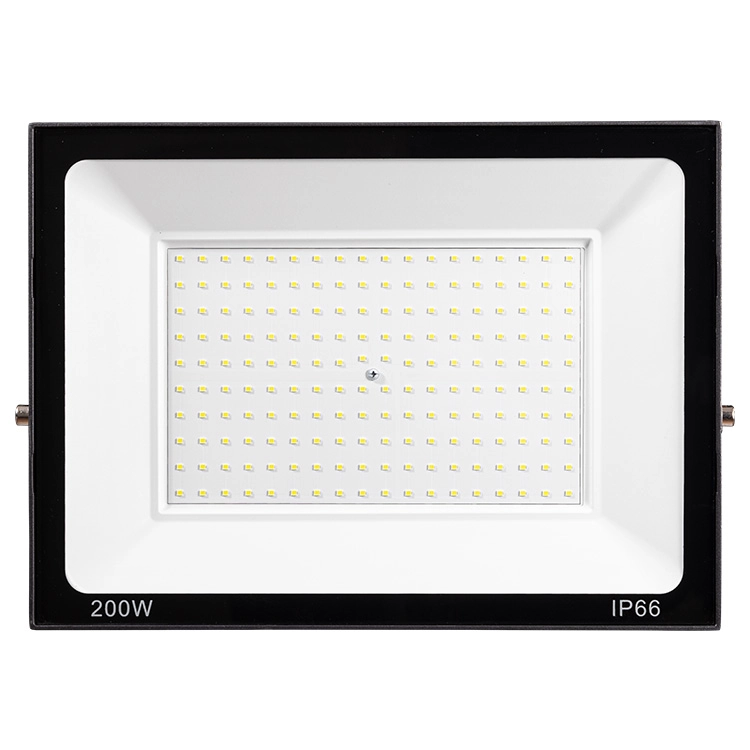
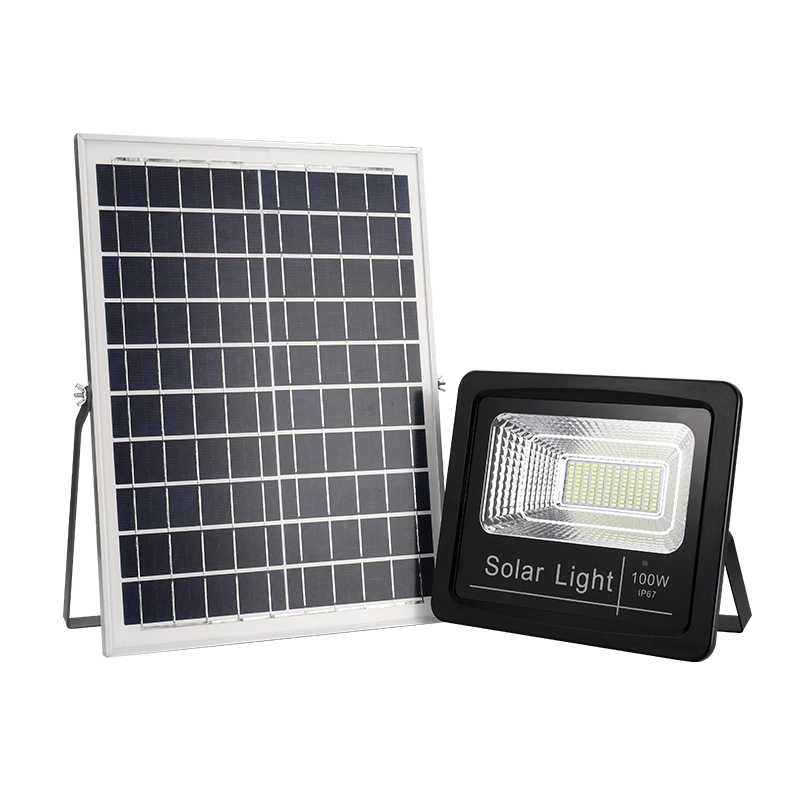
![led design ideas - 17 LED Design Ideas to Transform Your Home [February 2025] - Vorlane led design ideas - 17 LED Design Ideas to Transform Your Home [February 2025] - Vorlane](https://vorlane.com/wp-content/uploads/2025/01/led-design-ideas.webp)
![outdoor lighting ideas - 20 Brilliant Outdoor Lighting Ideas: Transform Yard [2025] - Vorlane outdoor lighting ideas - 20 Brilliant Outdoor Lighting Ideas: Transform Yard [2025] - Vorlane](https://vorlane.com/wp-content/uploads/2025/02/outdoor-lighting-ideas.jpg)
![disadvantages of led lights - Disadvantages of LED Lighting: Reveal Cost, Real Risk [2025] - Vorlane disadvantages of led lights - Disadvantages of LED Lighting: Reveal Cost, Real Risk [2025] - Vorlane](https://vorlane.com/wp-content/uploads/2025/01/disadvantages-of-led-lights.webp)
![Best LED Lights for Home - Best LED Lights for Home: Top Choices [2025] - Vorlane Best LED Lights for Home - Best LED Lights for Home: Top Choices [2025] - Vorlane](https://vorlane.com/wp-content/uploads/2025/01/Best-LED-Lights-for-Home.webp)
![beam angle calculator - Beam Angle Calculator – Simplify Lighting Calculations [2025] - Vorlane beam angle calculator - Beam Angle Calculator – Simplify Lighting Calculations [2025] - Vorlane](https://vorlane.com/wp-content/uploads/2025/01/beam-angle-calculator.webp)
![COB Light vs Panel Light - COB Light vs Panel Light: Understanding the Differences [2025 ] - Vorlane COB Light vs Panel Light - COB Light vs Panel Light: Understanding the Differences [2025 ] - Vorlane](https://vorlane.com/wp-content/uploads/2025/01/COB-Light-vs-Panel-Light.jpg)

